Documenting a Pandemic
As New York lives through turmoil, photography becomes the historical souvenir of choice. A look at the Museum of the City of New York’s #CovidStoriesNYC project
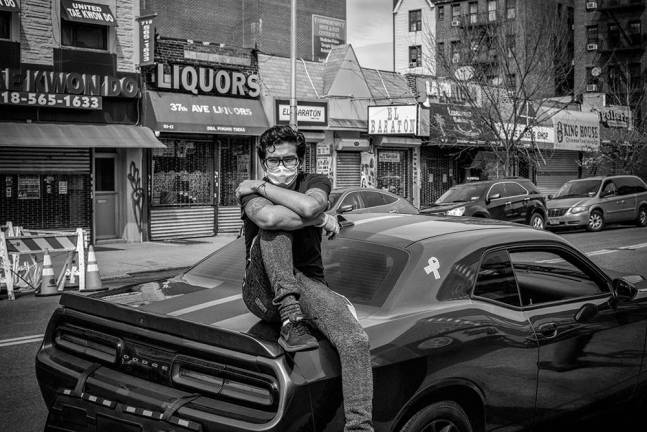

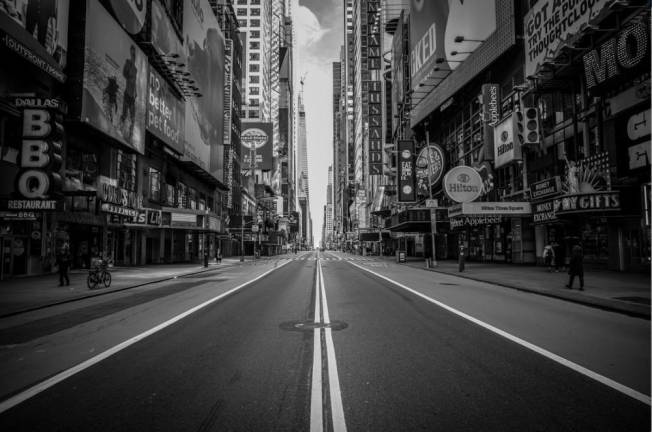
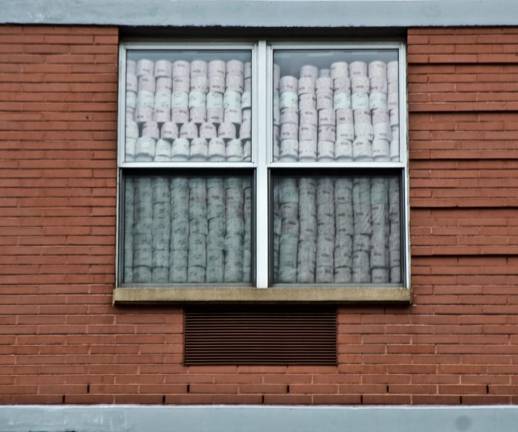
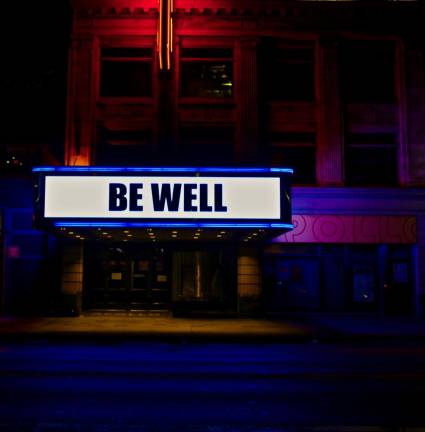
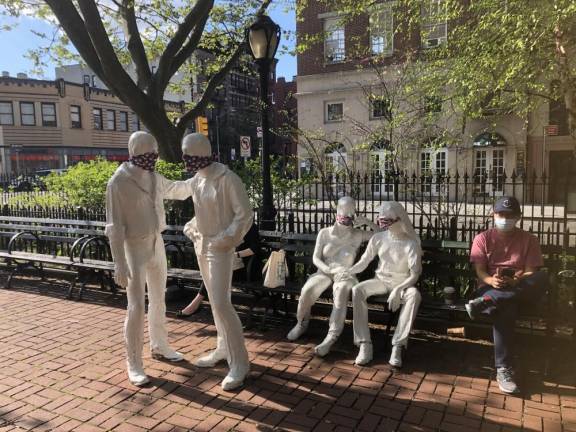
Statues wearing face masks (and not the hydrating kind).
An empty Times Square. An empty Museum Mile.
Rolls and rolls of toilet paper, stacked to the very top of a window.
These may sound like scenes straight out of an ‘80s post-apocalyptic film, where the hero roams the desolate city streets, danger lurking at every corner. And there’s no difference between that and these scenes displayed by #CovidStoriesNYC, except that this hero is socially-distancing and wielding a camera.
The coronavirus pandemic continues to surge in the country, shifting focus from New York to states like Florida and Texas. The ravaged economy and public morale have resulted in the creation of a significant moment in modern human history, one that isn’t going to be forgotten any time soon. And taking part in that movement of documentation is the Museum of the City of New York and its #CovidStoriesNYC project.
“We at the museum recognized pretty quickly that this was going to have a major impact on the city,” says Sean Corcoran, the curator of Prints and Photographs at the museum. ”And although we were closing down to the public, we wanted to make sure that we were keeping in dialogue with the people of the city. Of course, the obvious way to do that is through social media, partially because everybody is using it and it’s an easy way to see what’s going on in the world without having to physically be together, which is the major obstacle at the moment.”
This isn’t the first time the MCNY issued an open call for the public to share how they were living through significant events in New York City, some examples being exhibitions on “Occupy Wall Street” and Hurricane Sandy. “So we have a track record of reaching out to the public and getting input from a wider range of people and experiences as possible,” Corcoran said.
“Work that Reflects Life”
Since beginning the project in early April, Corcoran’s team has received nearly 5000 submissions. Those wanting to submit pictures need only to upload them with the hashtag #CovidStoriesNYC and tag the MCNY. “We have kind of a loose criteria with selecting images, that we want to be as inclusive as possible,” Corcoran says. “So we’re basically selecting work that reflects life throughout the five boroughs and the various ranges of experiences that people are having throughout the city.” The images are shared on the museum’s social media and website.
A lot of the images that come from the #CovidStoriesNYC stand in stark contrast to the museum’s more recent social media exhibition, #ActivistNY, which it started in June. While the former depicts scenes of empty surroundings and general loneliness, the latter is filled with anger, seeping through the pictures of hundreds of protestors supporting the Black Lives Matter movement. Masks are a common element in both, however. “The story’s changed, now it’s about how people are out in the streets and being active again,” Corcoran explains. “It’s a constantly evolving and changing story. And as the pictures come in, we try to make selections that then reflect that.”
#CovidStoriesNYC aims to show a natural progression in the way we’ve been dealing with the pandemic. “Early on, it was the eeriness of the empty city pictures,” Corcoran details. “And then, it was about how people were cooped up in their apartment. And then later on a bit about what it’s like to go into the bodega and pick up some supplies or go to the grocery store. And then even later about again, getting out into the streets and speaking up about the issues of the day and knowing it’s time to go out and have your voice heard.”
These images aren’t just about normal people dealing with the COVID pandemic, but how New Yorkers specifically have been handling this time. “I think what we see is the economic and social diversity of the city and the ways in which it’s impacted the city,” says Corcoran. “Ultimately, I think what it shows is that we’re a city that does what it needs to do to get by, we’re a resilient city. We keep going in whatever capacity we can.”
Museums play an important role in documenting significant periods in our history. And it’s not always historical. They are time capsules for not only events of the past, but also those of the present, contemporary events that can affect and change the way we perceive our lives and culture. There’s no doubt that this pandemic is one of them. “It’s a way for museums to stay engaged with their public,” says Corcoran. “By aggregating all these pictures and re-sharing, it’s a way of also showing people what’s happening around their city that they can’t necessarily see firsthand in real time.”
Corcoran and the museum do intend to bring some of its “Covid Stories” to the physical space in the form of exhibitions when things open up again. “When the materials come into the museum’s permanent collection, they’ll be there for posterity,” he adds. “So when people want to see 50 years from now what was happening during this pandemic, we’ll have these materials to show and the documentation of what happened and what we went through.”
And till then, because of that camera-wielding, socially distancing “hero,” we can just continue vicariously living the times and living our lives.
Here’s a link to the exhibition:
“Ultimately, I think what it shows is that we’re a city that does what it needs to do to get by, we’re a resilient city. We keep going in whatever capacity we can.” Sean Corcoran, Museum of the City of New York